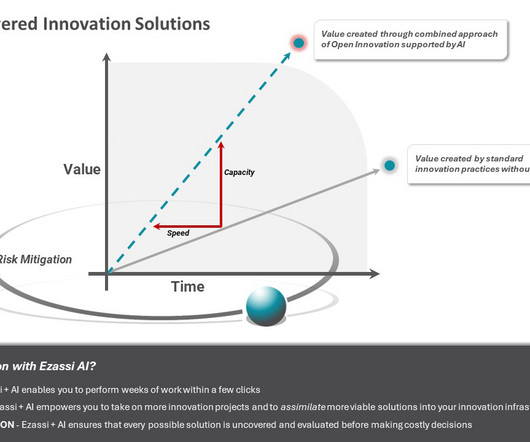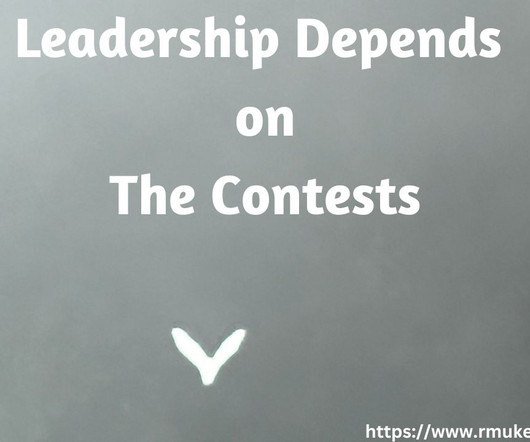Preparing the Next Generation for a Post-Digital Age
Innovation Excellence
MAY 13, 2024
GUEST POST from Greg Satell An education is supposed to prepare you for the future. Traditionally, that meant learning certain facts and skills, like when Columbus discovered America or how to do long division.


















Let's personalize your content